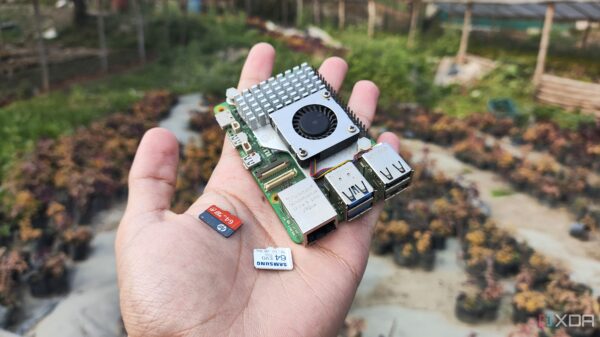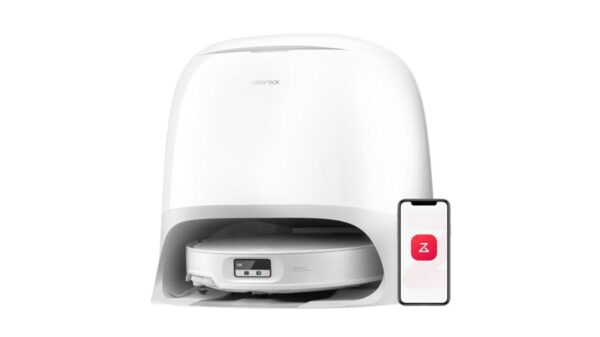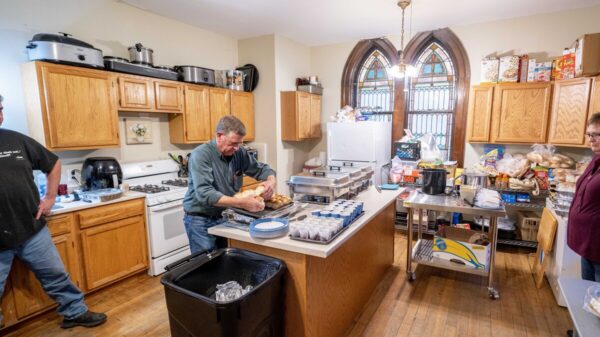The rising interest in satellite technology has prompted enthusiasts to explore innovative ways to track satellites using affordable equipment. A recent demonstration by Josh, known for his channel Ham Radio Crash Course, reveals how hobbyists can build a low-cost satellite tracker using basic electronics. This project allows users to monitor real-time satellite activity overhead, including everything from small cubesats to the International Space Station.
To begin this project, the first step is selecting the appropriate LoRa module, which serves as the primary component for communication. Unlike the modules typically used in Meshtastic nodes, this version needs to operate on the 433 MHz frequency band, which is essential for effective satellite tracking. The software powering this build comes from TinyGS, a platform previously highlighted for its user-friendly setup that enables users to listen to satellite communications effortlessly.
Building and Setting Up the Tracker
The construction process of the satellite tracker involves several key tasks, including building a suitable antenna and mounting it in an outdoor location. These elements are crucial for capturing signals from hundreds of satellites with minimal hardware. Josh’s detailed guide provides insights into each step, ensuring that even those with limited technical backgrounds can follow along.
Once the setup is complete, users can track a multitude of satellites and access valuable information about their trajectories. This hands-on approach to satellite tracking offers a distinct advantage over conventional tracking apps, which, while useful, do not provide the same level of engagement. The ability to gather data through direct observation enhances the learning experience and fosters a deeper understanding of satellite operations.
Potential for Expansion and Data Gathering
With the addition of more computing power and a more focused antenna, the range of data available for collection expands significantly. This setup not only allows for tracking satellites but also opens avenues for receiving various types of data that these satellites transmit. While the primary goal may be to monitor satellite activity, the potential for gathering additional information underscores the versatility of this project.
In conclusion, Josh’s initiative demonstrates that building a satellite tracker can be an accessible and educational undertaking. With a modest investment in materials and following his comprehensive instructions, individuals can engage in the exciting world of satellite observation, contributing to a growing community of tech enthusiasts and space aficionados.






































































